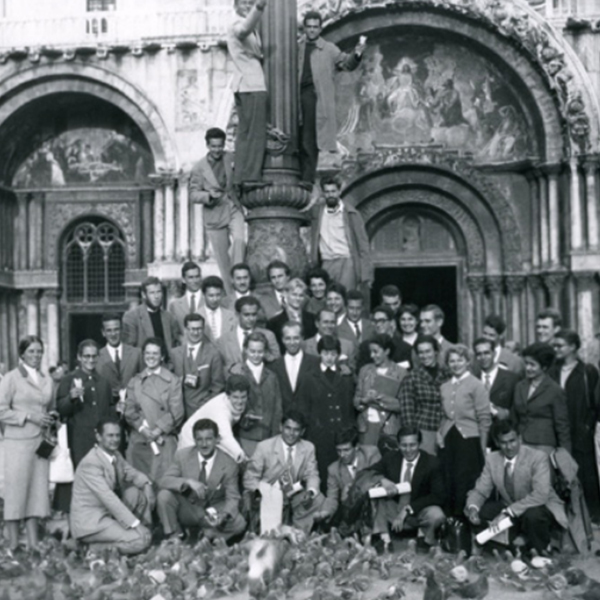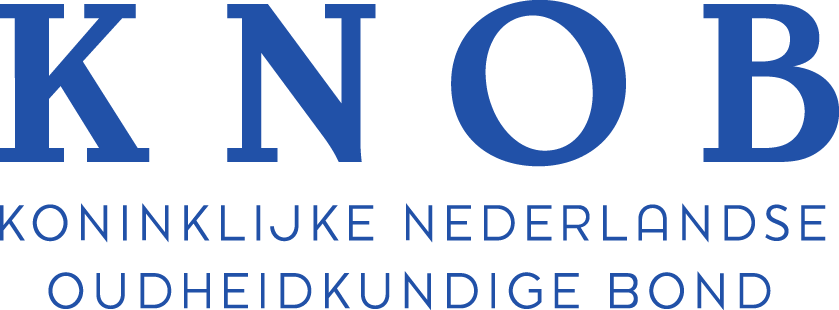##submission.downloads##
DOI:
https://doi.org/10.7480/overholland.2010.9.1639Samenvatting
In de geschiedschrijving van de CIAM, de Congrès Internationaux d’Architecture Moderne, worden het belang en de betekenis van de zomercursussen van die organisatie niet voldoende onderkend. Het waren merkwaardige gebeurtenissen, bedoeld om de ideologie van de organisatie over te dragen op een jongere generatie. Vooral de cursus van 1956 was interessant. 1956 was het jaar waarin de CIAM werd ontbonden. Le Corbusier had geprobeerd dat te voorkomen met zijn pleidooi voor ‘CIAM Seconds’, dat hij afsloot met de woorden: ‘Laten we optreden opdat de congressen doorgaan in een sfeer van creatieve hartstocht en ongebondenheid en ons verzetten tegen de opportunisten en heethoofden.’ Afgezien van meningsverschillen over het beheer en de toekomstige doelstellingen van de organisatie was er ook een taalprobleem. Leden klaagden al geruime tijd dat de discussies vaak in het Duits of Frans plaatsvonden, waardoor sommigen er niet aan konden meedoen. Het Engels was de overheersende wereldtaal aan het worden.
Van 8 augustus tot 2 september 1949 werd er in Londen een CIAMzomerschool gehouden. De voorbereidingen daarvoor waren al in het voorjaar van 1948 begonnen. De cursus zou zich moeten concentreren op de wederopbouw van stadscentra, een thema dat later ook centraal zou staan op het CIAMcongres over het stadshart in 1951. Le Corbusier, Walter Gropius, Alvar Aalto en Sigfried Giedion zouden er belangrijke colleges geven, maar de cursus, die voor later dat jaar stond gepland, werd uiteindelijk uitgesteld. De zomerschool die in 1949 plaatsvond, werd georganiseerd door de Engelse MARSgroep. De architect Maxwell Fry droeg de hoofdverantwoordelijkheid, bijgestaan door Jacqueline Tyrwhitt. Het thema was uitgewerkt in vier studieonderwerpen: een huisvestingsproject, een groot kantoorgebouw, een nationaal theater en een verkeersprobleem. Daarmee werden de ambities dus teruggebracht van de schaal van de stad naar de schaal van een architectonisch object. De daaropvolgende zomerschool in1952 zou, onder auspiciën van Italiaanse architecten, plaatsvinden in Venetië. De commissie die het jaar ervoor aan CIAM 8 rapport uitbracht over architectuuronderwijs, bestaande uit Gropius, Ernesto N. Rogers, Cornelis van Eesteren, Giedion, Serge Chermayeff en Jacqueline Tyrwhitt, stelde dat ‘leden van de CIAM het initiatief moeten nemen om alle opleidingen, waar ze ook gevestigd zijn, te winnen voor de principes van de CIAM en ze zo nauw mogelijk in contact met elkaar te brengen en gelegenheden voor directe uitwisseling te scheppen, zoals CIAMzomerscholen’. Tijdens hetzelfde congres werd ook besloten tot de instelling van Junior CIAMgroepen om meer belangstelling te wekken onder studenten en pas afgestudeerde architecten. Aan de architectuuropleidingen in Europa werd een oproep tot deelname gestuurd, maar daarop kwamen slechts vier instemmende antwoorden, namelijk uit Bazel, Zagreb, Parijs en Karlsruhe. Dat er een scheiding tussen jong en oud was ontstaan, werd nog niet echt ingezien. In vele landen waren de gevestigde groepen al geïnfiltreerd door jongere architecten die hun dissidente stemmen lieten horen. Niettemin stelde de CIAM zich nog altijd ten doel haar visie te verbreiden onder de studenten van de jongere generatie.
Citeerhulp
Gepubliceerd
Nummer
Sectie
Licentie
Copyright (c) 2010 Herman van Bergeijk

Dit werk wordt verdeeld onder een Naamsvermelding 4.0 Internationaal licentie.




